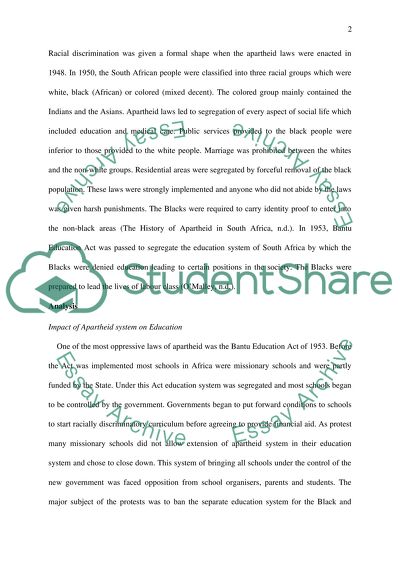Cite this document
(“Apartheid System and its impact on Education in South Africa Essay”, n.d.)
Retrieved de https://studentshare.org/visual-arts-film-studies/1390811-film-studies-and-cinema
Retrieved de https://studentshare.org/visual-arts-film-studies/1390811-film-studies-and-cinema
(Apartheid System and Its Impact on Education in South Africa Essay)
https://studentshare.org/visual-arts-film-studies/1390811-film-studies-and-cinema.
https://studentshare.org/visual-arts-film-studies/1390811-film-studies-and-cinema.
“Apartheid System and Its Impact on Education in South Africa Essay”, n.d. https://studentshare.org/visual-arts-film-studies/1390811-film-studies-and-cinema.


